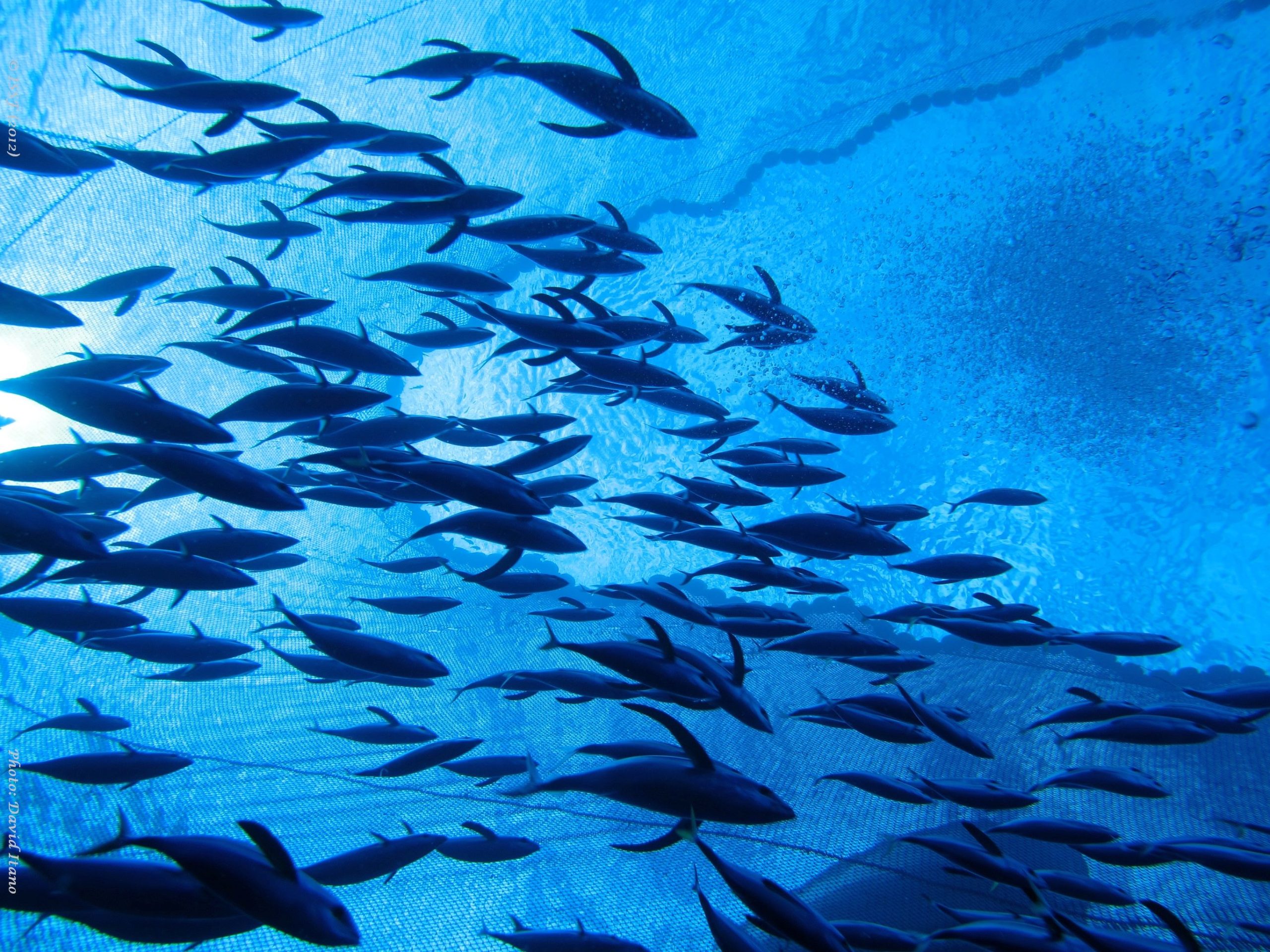11 de mayo de 2023

Fed by nutrient-rich waters upwelling from the deep, the Eastern Pacific is home to ecosystems like the California and Humboldt currents that are some of the most productive fishing grounds in the ocean. Tuna fisheries and other highly migratory species in this important region are managed by the Inter-American Tropical Tuna Commission (IATTC). Next week, IATTC’s Scientific Advisory Committee (SAC) will convene for its 14th annual meeting to discuss and finalize scientific recommendations to the upcoming Commission meeting where measures can be adopted.
With much work still to do, harvest strategies and management strategy evaluation (MSE) will be one of the most important topics on the agenda. Bigeye tuna is the most pressing, with the need to better specify management objectives from which to base the MSE and eventual harvest strategy scheduled to be adopted next year. These steps will be crucial to the long-term sustainability of this fishery, which in recent years has seen declining catches and is overfished.
Discussions on MSE next week also present opportunities to make progress toward harvest strategy adoption at IATTC. Items on the agenda include a new recommended target reference point for skipjack tuna and a proposed measure to introduce interim limit reference points for all IATTC managed species that don’t yet have them established. The meeting is also a chance to advance management of dorado (or mahi mahi) via a harvest strategy.
Equally important, the MSE discussions are also relevant to harvest strategies pursued for additional fisheries jointly managed between IATTC and the other tRFMO present in the world’s largest ocean, namely the Western and Central Pacific Fisheries Commission (WCPFC). Since they traverse the entire North Pacific, stocks like Pacific bluefin tuna and North Pacific albacore tuna fall under the jurisdiction of both IATTC and WCPFC. Albacore in particular is in position to adopt a precautionary harvest strategy this year following IATTC’s adoption of management objectives and reference points in 2022, and subsequent agreement and adoption by WCPFC later in the year. Both 2022 measures call for adoption of a full harvest strategy with harvest control rules this year. That depends on IATTC adopting a measure at the August annual meeting, which will then hopefully be mirrored at the WCPFC annual meeting in December. The SAC meeting will be an important step in the road towards adoption, and the IATTC staff has already recommended adoption of a complete harvest strategy this year.
A harvest strategy for Pacific bluefin, which is scheduled to be adopted in 2025, is also much needed as the abundance of this species is just recovering from severe depletion to 2% of its original population size. Governments, scientists, seafood companies, and environmental organizations are eager to start seeing results from 15 collective years of hard work developing harvest strategies for these two species. 2023 must be the year that a harvest strategy is adopted for North Pacific albacore, and candidate reference points and management procedures agreed to advance the MSE testing for Pacific bluefin. The SAC has a golden opportunity to help advance both of these issues by providing concrete recommendations from next week’s meeting.
With all this in mind, the elephant in the room is how can IATTC achieve an impressively ambitious agenda to adopt harvest strategies? In addition to making concrete technical recommendations, IATTC can also benefit by making administrative arrangements to develop and review harvest strategies as efficiently as possible. For example, the IATTC SAC agreed to terms of reference for a science-management dialogue group several years ago, but the group has not yet been formally established. A sub-group like this could foster focused discussions to help make as much progress as possible under limited time and resources. An example of a potential benefit could be streamlined review and recommendations of candidate management objectives for bigeye tuna that must be finalized this year so the Commission can adopt a harvest strategy in 2024. And in the interest of thinking about harvest strategies still to come, a science-management dialogue group would facilitate harvest strategy development for other tropical species in the pipeline such as yellowfin tuna and skipjack.
Furthermore, substantial time and resources have been invested in IATTC’s MSE workshops, but these arrangements are not able to make any formal recommendations to the Commission. The SAC should resurrect and strongly recommend formation of a science-management dialogue group, which all of the other tRFMOs already have, as the MSE workshops lack the direct influence needed to make progress. This should be an easy task with the terms of reference having already been agreed to.
In conclusion, while it is a primary goal of the IATTC SAC to catalyze advancement of individual harvest strategies like bigeye tuna, this marks only the beginning of what will be a busy three years for harvest strategies in the Eastern Pacific. IATTC would benefit greatly by being proactive and setting itself up for success ahead of time as these deadlines approach. Focused groups like a science-management dialogue group will help ensure an efficient process for reviewing and recommending measures for the Commission to consider. And agreement to the proposed MSE workplan to keep IATTC harvest strategy development on track, which the SAC should endorse, would help the Commission achieve policies like harvest strategies that could maintain the sustainability of several fisheries for years to come.